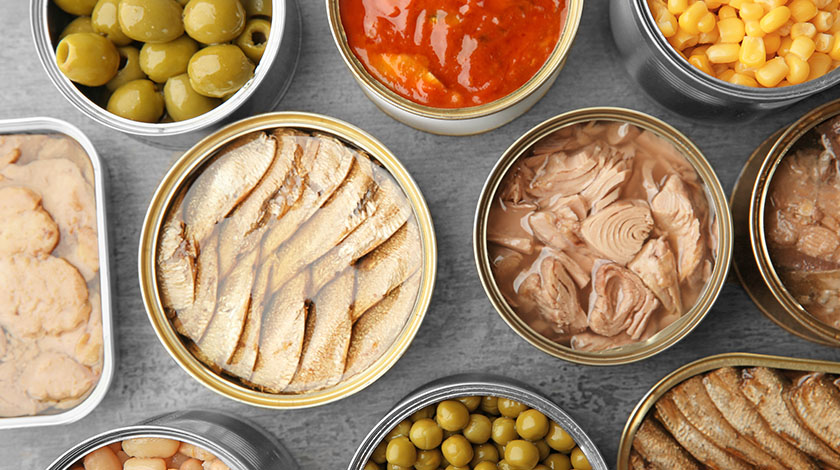The Nutrient Testing of School Lunch in Primary Schools in Hong Kong 2013 showed that the sodium content in 99% of the lunchboxes tested exceeded the recommended intake. Meanwhile, 17% of the lunchboxes didn’t meet the recommended intake of dietary fiber.1
Getting children into healthy eating habits doesn’t only help them now, it is also pivotal to their future well-being. Many observational studies have suggested the problems with processed foods is that they are low in fiber and high in sugar or refined carbs which are associated with higher cancer risks.2
Whole foods vs processed foods

Most foods we eat have been processed (e.g. washing, chopping or canning). The more processing is involved, the less nutritional value there tends to be. That’s why we should go for plant-based diet or whole foods that are minimally-processed wherever possible. Whole or minimally-processed foods also lower heart disease, cancer and type II diabetes risks.3
Here are some tips on how to cut out processed foods and nurture healthy eating habits in your child.4
- Children tend to imitate their parents. If you constantly eat healthy in front of your child, they would naturally follow suit.
- Slip healthy foods into their favorite dishes.
- Always have healthy snacks (e.g. fruit, vegetables) available around the house. At the same time, don’t stock unhealthy snacks.
- Involve your child in the grocery shopping and cooking process to encourage acceptance.

